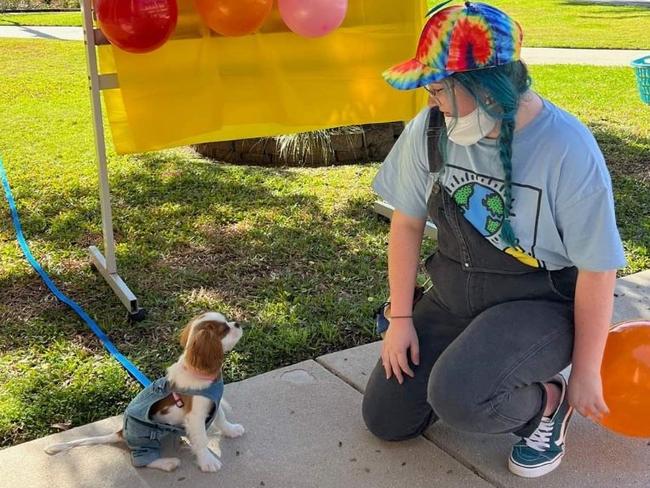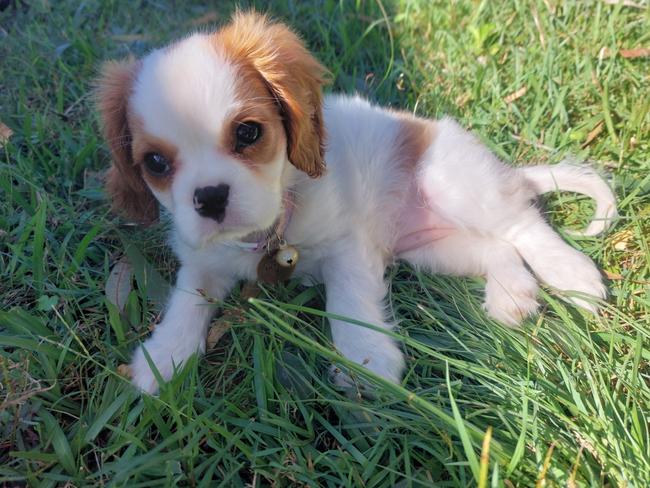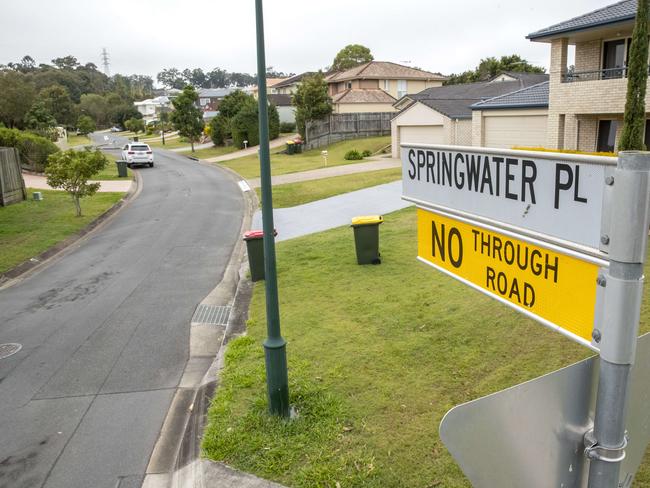South East Queensland’s dog attack hot spots revealed
Recent dog attacks, including one at a dog park that left a support-dog-in-training dead, have prompted warnings from local councils. SEE THE MOST DANGEROUS SUBURBS
Pets and Wildlife
Don't miss out on the headlines from Pets and Wildlife. Followed categories will be added to My News.
A number of recent dog attacks in southeast Queensland, including one at a Gold Coast dog park that left a five-month-old aged care support dog in training dead, have prompted warnings from local councils and animal advocates for owners to take more responsibility for their pooches.
SEE THE SOUTHEAST DOG ATTACK HOTPOTS BELOW
Earlier this month, a 5-month-old King Charles spaniel, Honey, suffered a crushed chest and punctured lungs after a larger dog, believed to be a Bull Arab, attacked her at a Mudgeeraba dog park.

Her owner, Ashleigh McDonald, said despite the obvious injuries Honey sustained in the attack, the Bull Arab’s owners appeared unphased by the incident and told Ashleigh that Honey “was not really that injured.”
Honey was rushed to an emergency vet but died in her owner’s arms as they pulled into the facility’s driveway.

Honey’s attack was just one of many across the southeast region this year.
In August, a woman in her 60s and her three-year-old granddaughter were mauled by their two pet Mastiffs at their Algester home.
Ambulance supervisor, Adrian Tong, said at the time the wounds were significant.
“There were a lot of bite marks, it wasn’t just one or two,” he said.
“It must have been horrifying for the people involved and looking on.”

Mr Tong said while the circumstances surrounding the attack had not been made clear, it “was about that time of the night when the dogs were about to be fed,” revealing both patients had sustained bites to a variety of body parts, including the back of the head.
RSPCA Queensland’s head of behaviour, Kirsty Nalvarte said owners taking responsibility for their pets and identifying problem behaviour was the most important step owners can take to mitigate attacks.
“First and foremost is for dog owners to look into learning about dog body language so they can understand when their dog feels uncomfortable or they might be overexcited, or in a space where they are not able to make choices,” Ms Nalvarte said.

Contrary to popular belief, Ms Nalvarte said a wagging tail does not necessarily signal a happy dog.
“We often think wagging means happiness, but really it just means they’re interested. It doesn’t give us the emotion behind that, so a dog could be feeling quite frightened, angry, or excited and still be wagging their tail.”
Ms Nalvarte said behaviour indicating a scared or anxious pooch included hiding behind their owners legs or tucking their tail between their legs.
“Even just something as subtle as looking away and closing their mouth when their mouth had been open and panting could all be signs that the dog is maybe a bit uncomfortable.”
“I’m a huge advocate for owners attending class training with their dog so they have an understanding about how to communicate with their dog and know what they’re really feeling and trying to tell you.”
A data breakdown of dog attacks from across South East Queensland reveals Inala recorded the most attacks in Brisbane in the last 12 months, double that of Bracken Ridge, which came in second.
Southport on the Gold Coast topped the local list with 55 attacks, while in Ipswich, Goodna and Redbank Plains were equal first place holders with 36 attacks each.
In the Redlands the highest number of attacks, 21, were recorded at Victoria Point.
Logan and Sunshine Coast councils were unable to provide a suburban data breakdown, but recorded 541 and 434 attacks respectively across their entire council areas in the past year.
“Animal attacks are extremely dangerous and upsetting. Any incident is simply one too many,” Brisbane City Standards, Community, Health and Safety Chair Kim Marx said.
“There are more than 112,000 registered dogs in Brisbane and the owners are responsible for ensuring their pet is under control.”
All councils and the RSPCA agreed the best ways for owners to prevent dog attacks, either on other animals or humans, were to:
• Register and microchip your dog;
• Confine your dog to the property at all times;
• Keep your dog on a leash in public; and,
• Desex your dog if you do not intend to breed.



